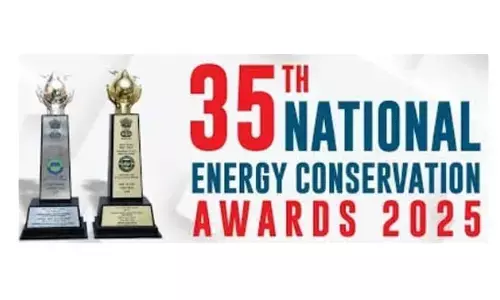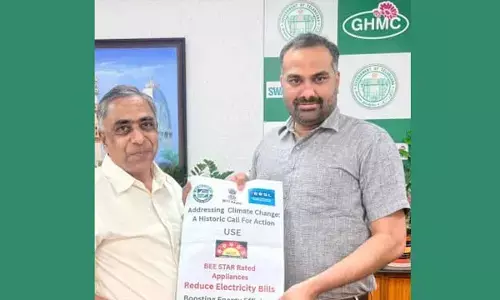Brands Vs Generics

 The Supreme Court's Monday judgment turning down the plea of Swiss pharmaceutical chain Novartis seeking patent protection for its anti-cancer drug Glivec has been hailed as a landmark both by the government and the medical fraternity, including healthcare organizations. Its impact on the local drug manufacturing industry and on multinational pharma companies trying to capture a slice of the huge Indian market is immense.
The Supreme Court's Monday judgment turning down the plea of Swiss pharmaceutical chain Novartis seeking patent protection for its anti-cancer drug Glivec has been hailed as a landmark both by the government and the medical fraternity, including healthcare organizations. Its impact on the local drug manufacturing industry and on multinational pharma companies trying to capture a slice of the huge Indian market is immense.
For the common man, the verdict is a God send as the cost of some of the life-saving drugs will come down substantially. For instance, branded Glivec, used to treat blood cancer for life, will cost Rs 1.2 lakh per month whereas the same unbranded formulation Rs 8,000 a month. If we work out the cost on an empirical basis a leukemia patient has to incur, say during a 2-year use, a Glivec bill of nearly Rs 30 lakhs whereas it will be Rs 2 lakhs for a generic version. For a blood cancer patient undergoing treatment the price differential is so much that it is just unbearable to cough up 15 times more for the same drug with a brand name. Surely, the cost of treatment will be more painful than the disease.
Among the branded drugs to treat various types of cancer, Glivec is not alone selling at prohibitive cost. Other multinational pharma companies have their own patented drugs like Roche's lung cancer medicine Tarceva costing Rs 4,800 per tablet (generic Rs 1600) and Pegasys for treating Hepatitis C costing about Rs 4.5 lakhs for a six-month course (Rs 47,000 generic); Bayer's Nexavar for kidney cancer (about Rs 3 lakhs for a 3-month course and about Rs 9,000 for generic); Pfizer's Sutent for kidney and GastroEsophageal cancers (about Rs 2 lakhs for 45-day course and around Rs 20,000 for generic); and AstraZeneca's Iressa for lung cancer (about Rs 1 lakh for 30 tablets and between Rs 4,000 and Rs 5000 for generic).
Thus it is clear that the price difference between branded and generic drugs is so vast that at the lowest level the former is four times more and at the highest level 20 times more. That is in the case of six cancer drugs. What about hundreds of other medications that are sold with and without prescription and health supplements that are bought across the counters by people who keep popping them in whether required or not?
Indian pharmaceutical industry's sales within the country account for about $20 billion a year and a majority of them are generic. The industry, third largest in the world, also exports generic pharma products worth $10 billion a year which no other country does. In a way, the success of all the major pharmaceutical companies which have made a name in overseas markets can be attributed to their successful copycat versions, or generics, of other giants in the field at affordable prices for large sections of society not only in developing countries but also in the developed world.
Their efforts often run into trouble when some of the copycat versions infringe upon the rights of original developer of a drug and violate patent laws of a country where it is manufactured and/or marketed, leading to prolonged legal battles, as it happened in the case of Novartis.
In 1997, Novartis sought patent for Glivec, but the application was not opened till 2005 as there was no law to protect patents. In 2005, Patent Protection Law came into force, but Cancer Patients Aid Association opposed patent to Glivec. In the following year, when patent to Glivec was denied (which means no exclusive market rights); Novartis filed a petition before Madras High Court. In 2007, the Central Government had asked the Intellectual Property Appellate Board to hear an appeal. Meanwhile, Madras High Court rejected the Novartis pleas, but the company did not challenge the court decision waiting for IPAB decision. In 2009, IPAB rejected Novartis' appeal for patent which was challenged by the company in the Supreme Court that began hearing the petition in 2011, culminating in the apex court upholding the IPAB order and refusing to grant patent for Glivec.
Rejecting the pharma giant's plea, the Supreme Court observed that "it fails the test of patentability." In 1970, India eliminated patents on drug products, enabling it to develop a strong generic drug industry. In 1994, when the World Trade Organization negotiated the controversial Agreement on Trade Related Aspects of Intellectual Property Rights (TRIPS), India was required to extend patent protection to drugs and to implement other new obligations. In 2005 India implemented the changes as called for by the WTO and, in doing so, the government limited patents in some areas, such as those on new uses or new formulations of drugs unless they differ greatly in properties related to efficacy. Novartis lost the case as the apex court bench felt, concurring with the IPAB, that the patent the company had been seeking was only a minor variation of an existing drug that was already on the market.
This interpretation gives a big boost to the Indian pharmaceutical industry because global players can't claim exclusivity and patents by making a few changes to formulations, at least in India. To that extent, it's a victory not only for the industry but also for poor people living anywhere in the world as they could get generic versions of life-saving drugs at reasonable and affordable prices. A case in point is HIV/AIDS drugs made in India and used extensively in Africa and South America.
The Novartis case was a test to other major medical companies who were mulling over either expanding or investing in pharmaceuticals in this country in a big way. The judgment makes them cautious, as Novartis has indicated, and others may think twice before venturing into India. A Since continuous research and development is the backbone of pharma industry, it is imperative that the Indian drugs manufacturers focus more on R&D to produce global-standard new generation of medicines for local and international market.















